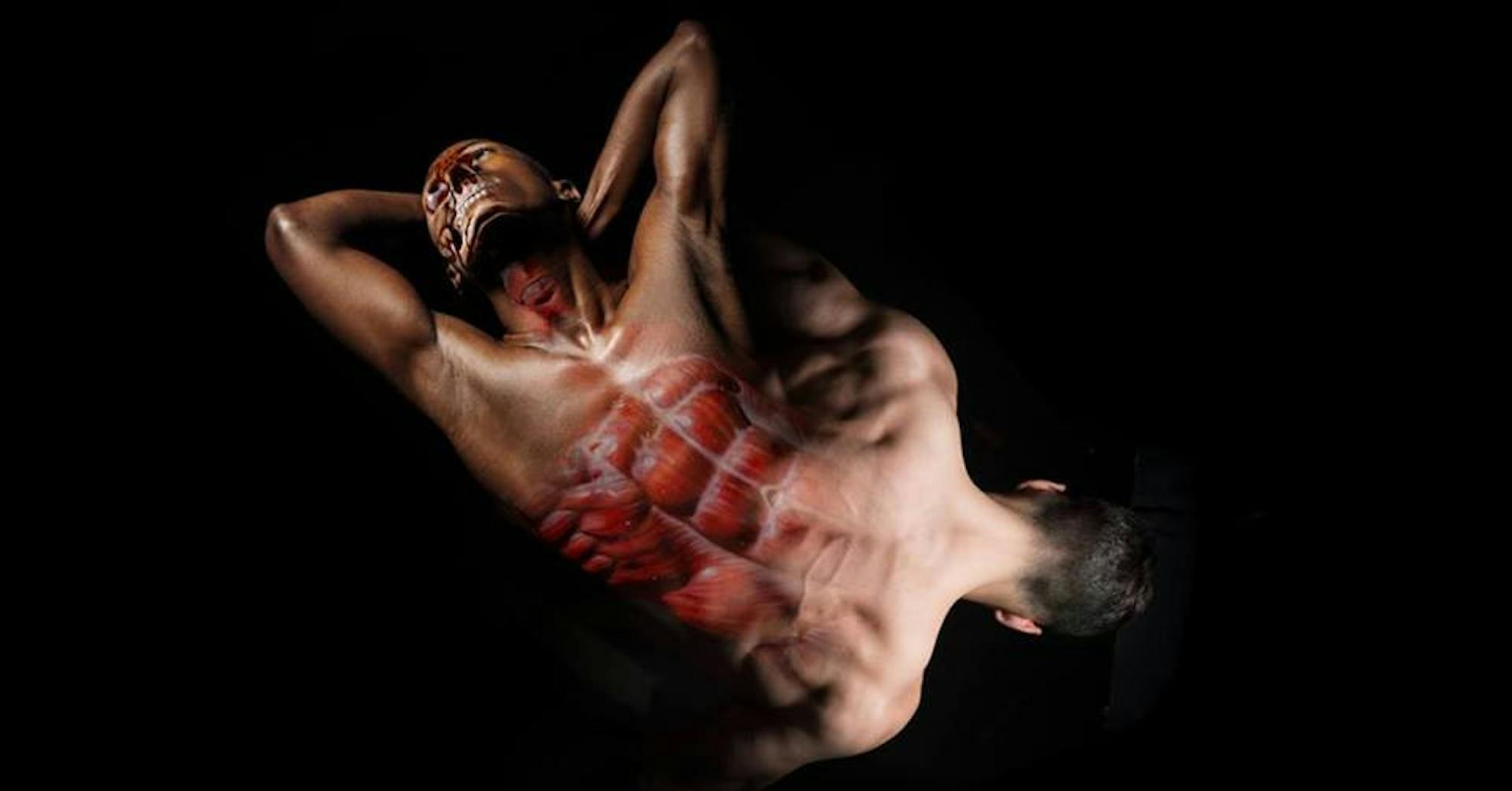Content warning: This article mentions sexual assault.
Frankenstein’s monster, as he is known today in popular culture, is a far cry from the philosophically and morally tortured being created by Mary Shelley in the novel that jump-started the genre of science fiction. Two hundred years after the publication of the original novel, Central Square Theater’s production of "Frankenstein" seeks to reclaim the creature’s existential essence in a strikingly modern context. This nearly two-hour play continues the company’s unique tradition of blending the innovative energy of math and science with the performing arts, capturing the electrifying and spiraling existential descent of a monster and his maker just in time for the Halloween season.
The world of Shelley’s "Frankenstein" (1818) is fraught with questions of morality, power, responsibility and trauma, and director David R. Gammons sprinkles intellectualism into this melodramatic mix in equal measure. In a dramatic departure from dull-witted green monsters and superficially mad scientists, this adaptation pulls apart Shelley’s chapters of exposition leading to Victor Frankenstein’s scientific breakthrough, reorienting the narrative from the perspective of the Creature and revealing this information only as it learns it.
The audience enters the theater moments before the Creature’s birth; as patrons take their seats, several actors in white lie crumpled in a large translucent cage center stage, writhing and convulsing, while a man (John Kuntz) paces on top of it, holding a withered copy of “Frankenstein." The industrial materials of the cage and bright white of the set and base layer of costumes renders the world of the play clinical and futuristic, offering a blank canvas for saturated color washes and creating a sharp contrast with the visceral, animalistic existence of the Creature.
One of the most striking elements of "Frankenstein" is the Creature’s presence onstage. Echoing Victor’s haphazard construction of the monster from disparate body parts, the entire ensemble becomes the monster, in an intertwined mass of bodies and grunting voices. The actors are constantly in contact with each other in an amorphous and pulsating clump, interacting with each other and siphoning away from the entanglement to transform into human characters, a transition aided by distractingly futuristic neon costumes, the only incohesive element of the production design.
Gammon’snote in the program explains that representing the monster in this way is “embracing the notion that each of us is a complex, even contradictory amalgam of self and experience, always in relationship to others. Shelley’s story gains universality in its acknowledgement that each of us at some point confronts the inevitable pain of being cast as ‘the other’ in society.” Pulling the Frankenstein narrative into modern discourse through physical performance renders this version that much more unique and powerful.
The concept succeeds in terms of movement quality and visual presence onstage, but while the ensemble reflects a range of actor types, the diversity of the voices on stage is less impressive. Omar Robinson is the only performer of color in the production; he takes the lead as the main body and voice of the Creature in the aggressive standoffs between master and creator.
Other moments that draw attention to the identities existing within the Creature focus on gender. In this production, the Creature’s only female victim (Ashley Risteen) is sexually assaulted before her death, an act led by the only other female actress in the ensemble (Debra Wise). After the deed, in her voice, the Creature proclaims to Victor that “I am a man now,” and the scene ripples forward. "Frankenstein" prods at the gendered tensions in its source materials without pushing them far enough for a modern reconciliation.
In a world fraught with a potent mix of apathy and fear at the brink of election season, the Creature’s longing for acceptance is powerfully resonant. Gammons reflects, “ultimately, Frankenstein is an aching howl of despair: a desperate cry to be seen, to be acknowledged for who we are, to be understood. To be loved.”
Central Square Theater’s 'Frankenstein' reclaims its monster

A promotional photo for Mary Shelley's 'Frankenstein' at Central Square Theater is pictured.
Summary
"Frankenstein" offers eclectic, inspired take on Shelley's classic.
5 Stars





